Bill Rauch: I have to tell you it’s very surreal to have a conversation with you about leadership transition because our executive director, Cynthia Rider, just announced to our company that she’s leaving. So Oregon Shakespeare Festival (OSF) is in dual leadership transition. The topic could not be more raw or relevant to my life.
Diane Ragsdale: When’s her departure going to happen?
Bill: We’re working on identifying an interim executive director, and we hope they will be able to start at the end of November, when Cynthia would step down.
Diane: And you’re still planning to leave next summer, right?
Bill: That’s correct.
Diane: And the search is ongoing for your replacement?
Bill: Yes. That’s on schedule and doing really well.
Diane: Fantastic, I’m so glad to hear it. Dual leadership situations, with the two individuals at a top of an organization, are so much like a marriage at times. And getting that dynamic right is so important.
When you first arrived at OSF in 2006, one of the two main areas of focus for you was around equity and diversity and inclusion, which at the time seemed really radical to a lot of people in the field, for an organization like OSF. I read an article last week in the New York Times by Wesley Morris that was essentially asking, have we moved into an era in which culture is being evaluated for its moral correctness more than for its quality? I’m wondering whether, when you first got to OSF, if you encountered similar arguments or concerns from people that you would somehow be shifting away from excellence in favor of... moral goodness? And, if so, how did you respond to that?
Bill: Honestly I feel like that’s been a lifelong argument I’ve been part of. In my twenty years at Cornerstone the argument about social service versus artistic excellence… I once had a meeting with the then-deputy chair of the National Endowment for the Arts (NEA), when Cornerstone was just a few years old. And he said to me, “Look in my eyes. You people will never receive a dime of federal taxpayers’ money because we are here to reward excellence and nothing that involves amateurs will ever be of national excellence. So don’t waste our time.”
I became obsessed with getting an NEA grant then. The narrative that social good is a separate goal from artistic excellence, and that the two cannot be linked, is one I’ve been fighting a long time. And I agree that at OSF our commitment to equity, diversity, and inclusion is our responsibility to social justice. Some people very, very much want to create a false dichotomy between artistic mission and social justice as expressed through diversity and inclusion. In recent years at OSF, I have taken to saying that our mission is to reveal our collective humanity; that’s the action statement at the heart of it. And you cannot reveal our collective humanity—whether across time, eras, continents, or any number of differences we have as human beings—without engaging in social justice work. So it’s not that we’re a social justice organization instead of an arts organization, but as an arts organization there’s a social justice component to our mission.
We have a new program called Company Connects, where company members can send anonymous emails to raise questions about the things that trouble them, to try to get information. And the ever-brilliant Allison Carey, a member of the executive team, tries to get answers to these things, and then we share them.
One of them this week was a response to some of our financial challenges, as we just eliminated sixteen positions. The question was: “How can you eliminate jobs and still spend money on equity, diversity, and inclusion? We’ve done company-wide training, so haven’t we finished with that? How can you possibly defend spending a dime on this when people are losing their jobs?”
And our director of equity, Sharifa Johka, gave the most extraordinary speech in response that got thunderous applause from the company. It was one of the most affirming moments I’ve had in artistic leadership, frankly. That somebody felt safe enough to ask the question, that we had a director of equity on staff with unbelievable analysis and just brilliant clarity. And that she was able to give this speech and that the speech got this incredible applause. I’m so aware of how far we have to go on this never-ending journey, but it made me very, very proud to work here today.
Diane: One of the things I think about all the time is how powerful economic constraints can be, and how often economic exigencies become the defense for the status quo. And how if arts organizations aren’t equally strong with their aesthetic and ethical constraints, maybe self-imposed by leadership, that the business model gets out in front of everything else. And by “aesthetic and ethical constraints” I mean the ideas about what kind of art gets made and for whom, what the process is, what price point it’s sold at, et cetera. As you try to make these shifts at OSF, do you operate in this way—that is, with strong boundaries or constraints, or by mandating certain practices or policies that are grounded in your aesthetic and ethical values? How did you do it?
Bill: In terms of the example I just shared, we knew we needed a director of equity long before we got one. And the argument was always that we couldn’t afford to expand our staff because of our many conflicting priorities. So yes, I agree with your point about the economic argument keeping people from being grounded in what they say their values are, and there’s so often a gap between stated values and actions, which we all struggle with in life. Organizations certainly struggle and non-profit organizations certainly struggle. But the goal has got to always be to have the best alignment between one’s stated values and one’s actions. We have to. I know that we’ve gotten better alignment when it comes to the value of inclusion over my eleven years here. But that’s been hard-won.
The narrative that social good is a separate goal from artistic excellence, and that the two cannot be linked, is one I’ve been fighting a long time.
Diane: Did you have to go to battle? Did you have to, for instance, insist on certain policies being made? Or certain things happening? Did you have the board support in this? Did you have a team advancing this with you from the very beginning?
Bill: When it comes to racial equity, the heroes of the story at the Oregon Shakespeare Festival are the people of color who have had the patience and courage to move the dialogue forward and to push the company. Without a doubt. And that’s true of every marginalized community. It took transgender company members to ask that people self-identify with pronouns, although a measure of progress was when the cisgender members of our crew said we should publish pronoun preferences in our playbill—which I’ve gotten tremendous flack for from audience members ever since we started doing it.
But had it not been for transgender company members demanding equity and then allies stepping forward and pushing that demand further, we would not be where we are today. And where we are today is so far from where we need to be.
Let me back way up for a minute and say something about the transition from Libby Appel to me as artistic director. There are so many things that OSF did right in it, and I think the primary thing was the tremendous clarity around how Libby was responsible for the 2007 season and I was responsible for the 2008 season—everything from selecting and hiring artists to all of the marketing. I had been appointed in August of 2006, so there was a fifteen-month runway before my first season began.
I know there’s a philosophy about the old person being out on Friday and the new person is in on Monday. That has not been my experience. Micheal John Garces and I had a long overlap at Cornerstone. Libby and I had a long overlap. And I’m going to have a long overlap with my successor here. And I have a long “on” ramp to my job at the Perelman. I know there’s no one size fits all, but in my experiences, the long overlap combined with mutual respect for the outgoing and the incoming leaders, combined with rigorous clarity about who’s responsible for what, has largely been a great recipe for success.
Diane: That’s great. And that’s rare.
Bill: Libby didn’t like any number of decisions that I made, and I wanted to change any number of things she had done. But there was mutual respect and professionalism through it all. There was one point of conflict, or one gap in our carefully prepared approach, and it involved in-venue audience surveying.
In 2007, her final season, the marketing department was eager. We had always surveyed ticket buyers, never the people sitting in the seats. And as the new artistic director, I worked with the department to formulate the questions that were going to be in the in-venue surveys. One of the things I was obsessed with learning about was people’s predilections when it came to Shakespeare and other classical work in terms of period approach versus contemporary approach, so there were a couple questions about that. The team ran it all by me; I approved of everything. They were put on the chairs in the three theatres, and Libby discovered one and was so upset. She said, “These are the shows I have selected. This is my work as an artistic director, and you’re asking questions that I find completely inappropriate and that I would never want our audience to be asked. This is still my season, it’s not your season yet, and you can’t ask these questions of our audience.”
Honestly, that was the only time I can think of when there was a big gash in our understanding and communication about who was responsible for what. And I share that with all its specificity because with fifteen months overlap, that was the only real moment of conflict we faced.

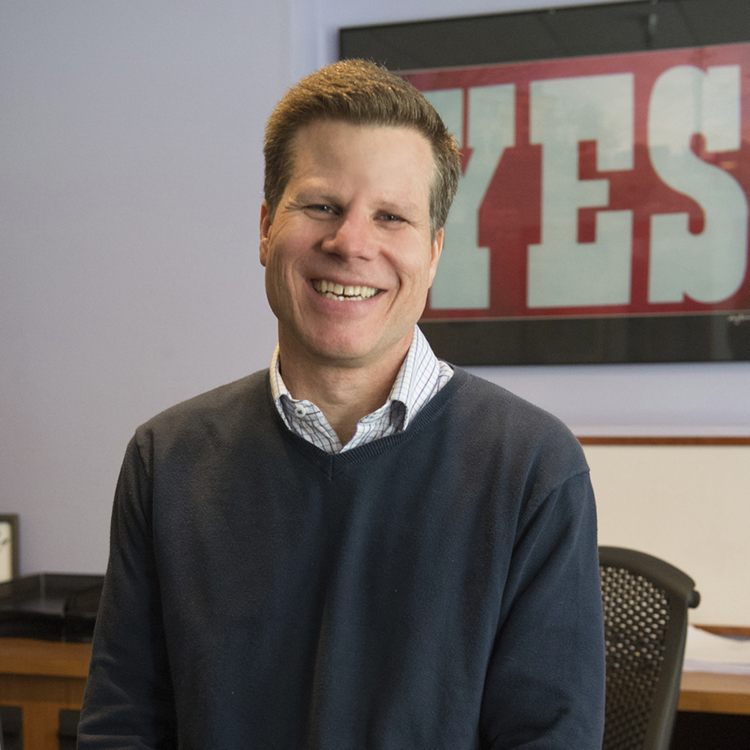
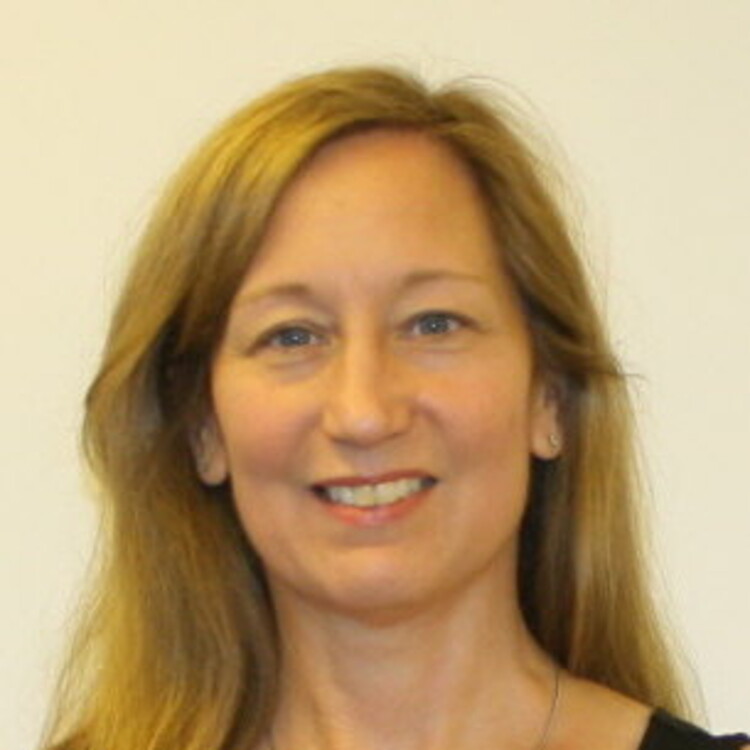
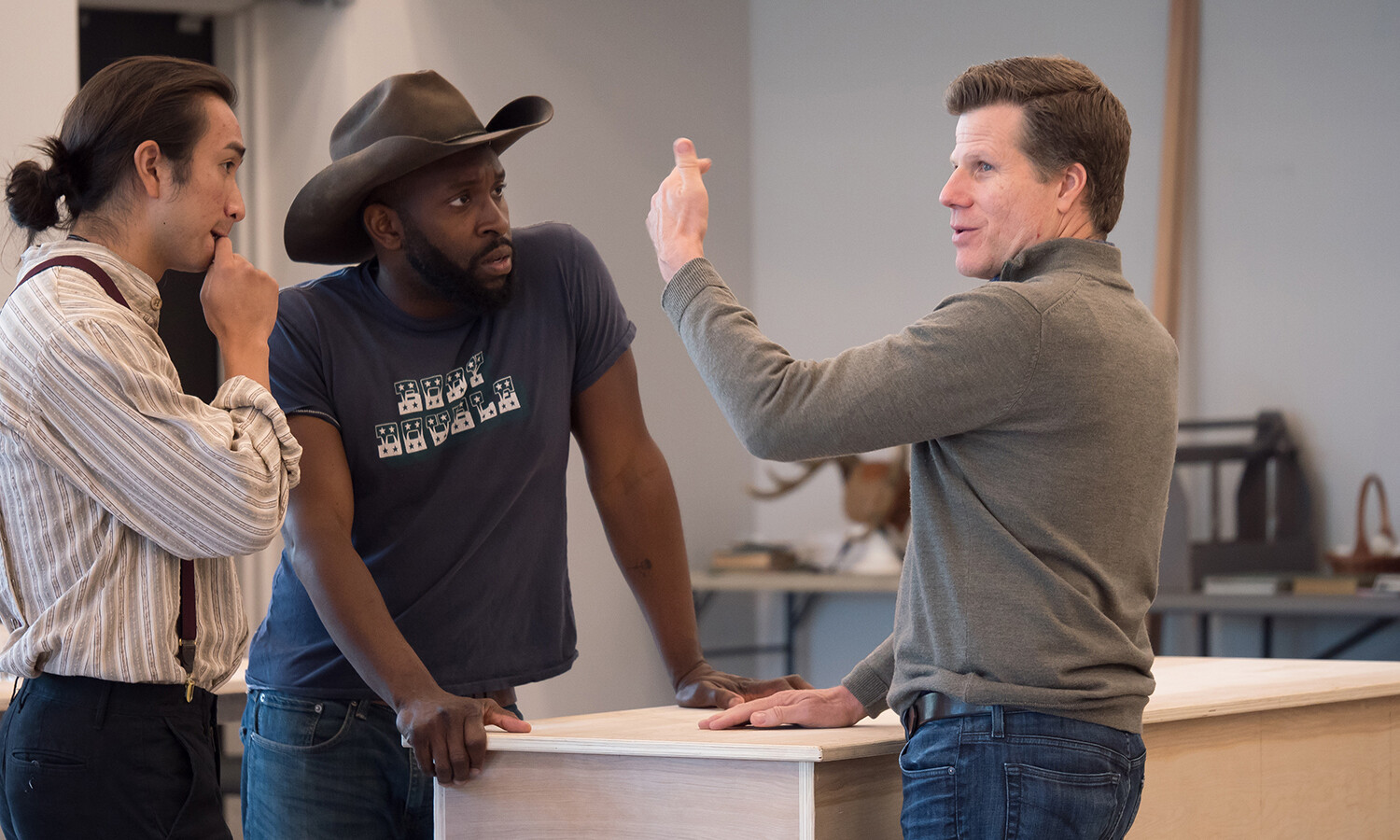
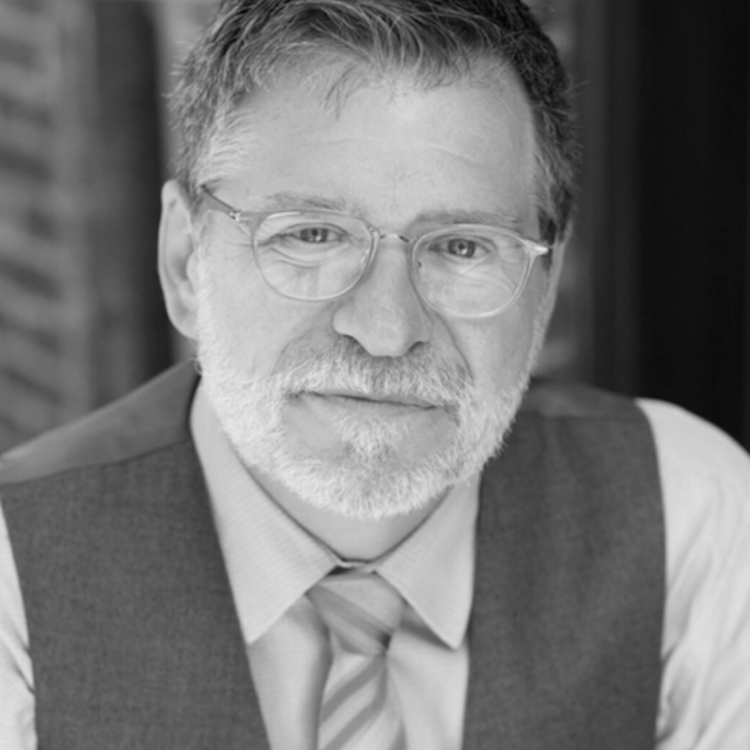
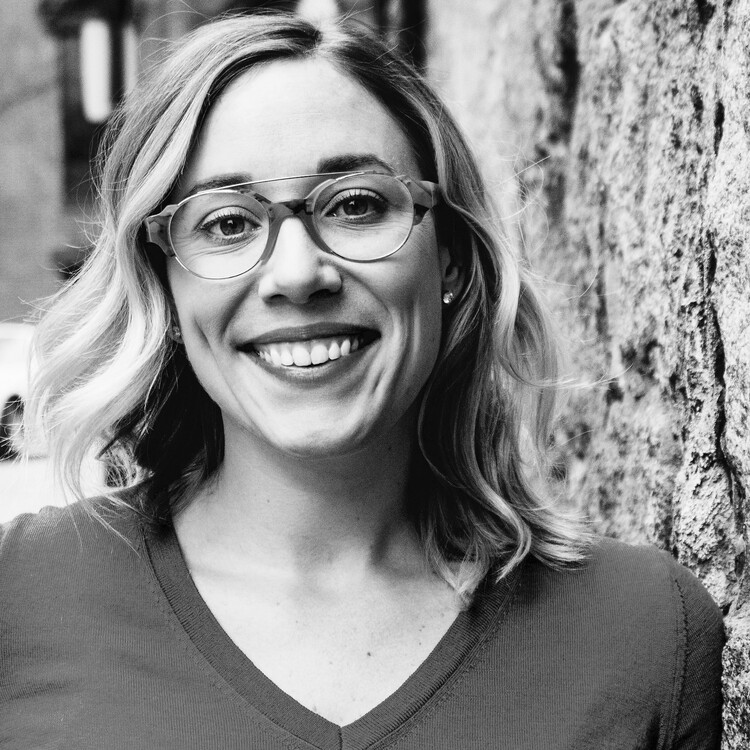
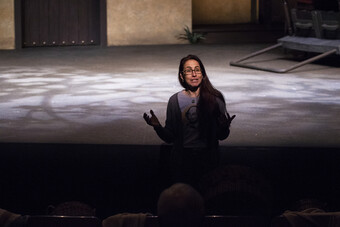


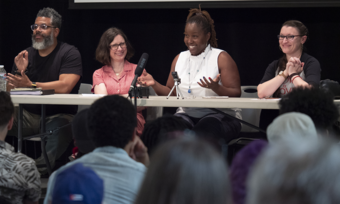


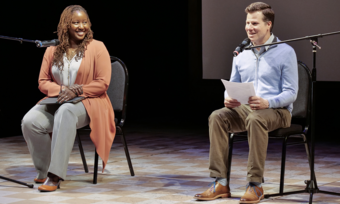
Comments
The article is just the start of the conversation—we want to know what you think about this subject, too! HowlRound is a space for knowledge-sharing, and we welcome spirited, thoughtful, and on-topic dialogue. Find our full comments policy here
Of course, I meant Diane (not Deborah!) So sorry!
Thanks Bill and Deborah for having this conversation and sharing it with us. The struggles you speak about, particularly about aligning our values with our actions, are ones that I have been grappling with as well. It is true for individuals as well as organizations. It is the core of my work with theatre artists as a coach and advisor. My question is always: why are you making this choice? Is it because it aligns with your values or because of what you imagine will look good to others? For me, it comes down to how we assess our "success." If we insist on a definition of success that requires specific achievements that will surely look good to others, we could be denying our bigger possibilities. I prefer to define "success" as "the deepest expression of my personal values and creativity." When you use this yardstick, you make different choices. But it does require a consistent rigor and self-examination to avoid the pitfalls of other perceived aspects of success (i.e. money, power, etc.) I am proud that there are artists in our American theatre who are taking these issues seriously, like you both. I look forward to continuing the conversation.